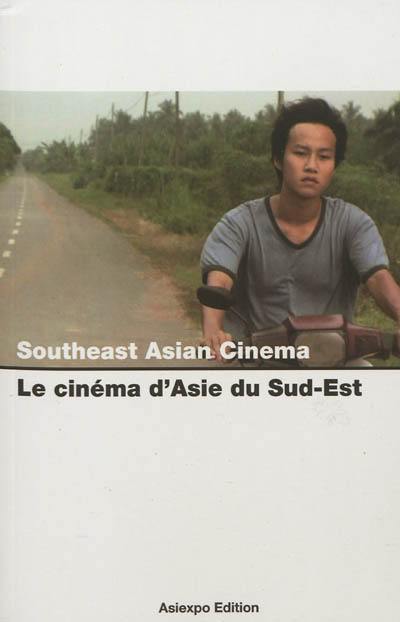
Collection(s) : Asian connection
Paru le 12/04/2012 | Broché 620 pages
Public motivé
textes de Min Htin Ko Ko Gyi, Jane M. Ferguson, Lindsey Merrison et al.
Plus de 4 millions de km2, près d'un dixième de la population mondiale, une multitude de langues, d'ethnies et de religions différentes. Et forcément des cinémas différents.
Certains sont balbutiants comme le cinéma birman, laotien ou cambodgien, voire brunéien (1 film en 44 ans), d'autres prometteurs comme le cinéma indonésien, malaisien, singapourien, vietnamien, ou philippin. Un seul, souvent cité à titre d'exemple par les 9 autres figure réellement sur l'échiquier du cinéma mondial : le cinéma thaïlandais, reconnu autant pour ses auteurs (Apichatpong en tête) que pour ses succès commerciaux (la franchise Ong Bak et sa flopée de films d'action et de boxe thaï).
28 des meilleurs spécialistes du cinéma sud-est asiatique et plusieurs centaines de contacts ont contribué à cet ouvrage unique en son genre qui aura nécessité un an de travail.
Chacun des 10 pays est décliné en trois articles : un historique des origines à nos jours, une définition du cinéma national, et un troisième au sujet libre mais pertinent. Partons pour un tour d'horizon qui n'a pour seule vocation que de positionner sur la carte du cinéma mondial ces 10 pays.
The region covers over 4 million km2 and is home to around 600 million inhabitants, nearly one-tenth of the world's population. A multitude of languages, ethnic groups and religions have nurtured the emergence of diverse film cultures.
The cinema of Burma, Laos, Cambodia, and Brunei (only one film in 44 years for the latter) are currently at infancy stage, whereas others are clearly on the rise: Indonesia, Malaysia, Singapore, Vietnam, and the Philippines. Only one, often cited as an model by the other nine, really stands out internationally: Thai cinema. It is renowned as much for its authors (with Apichatpong at the top of the list) as for its commercial success (for example the Ong Bak franchise and its string of action and Thai boxing films).
28 of the best Southeast Asian film experts and hundreds of local contacts contributed to this unique book which required a whole year of work to complete.
Each country profiles comprises three articles: a history looking at the major developments of cinema in the country, from the origins to present day; a definition of the local cinema industry and its main characteristics; and a third article offering a complementary perspective of film in each country. Let's embark on a journey to gain a first appreciation of Southeast Asian cinema and put the ten countries featured in this book on the map of international cinema.